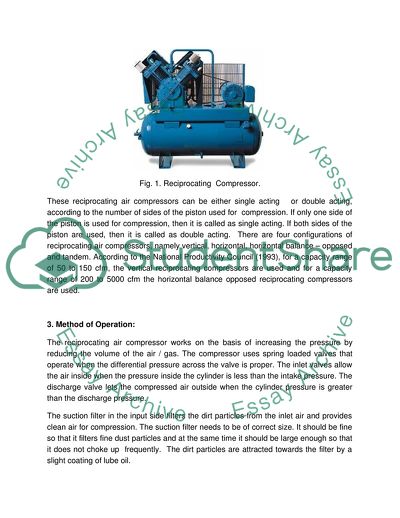Cite this document
(Reciprocating Air Compressor Case Study Example | Topics and Well Written Essays - 1940 words, n.d.)
Reciprocating Air Compressor Case Study Example | Topics and Well Written Essays - 1940 words. Retrieved from https://studentshare.org/technology/1744808-produce-a-technical-report-on-compressor
Reciprocating Air Compressor Case Study Example | Topics and Well Written Essays - 1940 words. Retrieved from https://studentshare.org/technology/1744808-produce-a-technical-report-on-compressor
(Reciprocating Air Compressor Case Study Example | Topics and Well Written Essays - 1940 Words)
Reciprocating Air Compressor Case Study Example | Topics and Well Written Essays - 1940 Words. https://studentshare.org/technology/1744808-produce-a-technical-report-on-compressor.
Reciprocating Air Compressor Case Study Example | Topics and Well Written Essays - 1940 Words. https://studentshare.org/technology/1744808-produce-a-technical-report-on-compressor.
“Reciprocating Air Compressor Case Study Example | Topics and Well Written Essays - 1940 Words”, n.d. https://studentshare.org/technology/1744808-produce-a-technical-report-on-compressor.


